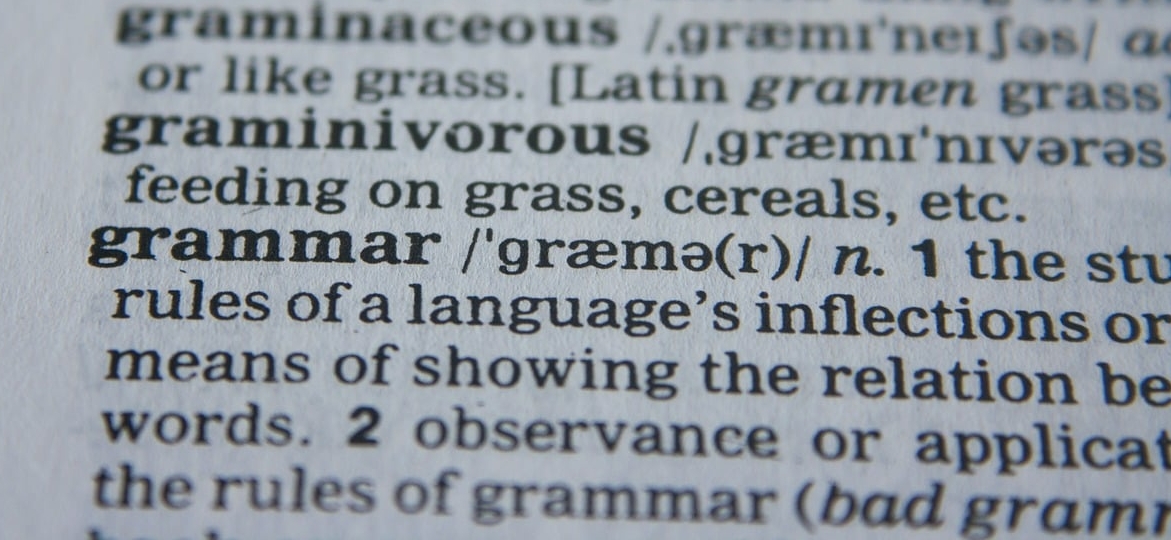In this article, we’re going to guide you through understanding French demonstratives. Here’s what you can find in this grammar guide:
- The different demonstrative pronouns in French
- How to modify them in a sentence
- How to learn using grammar exercises
- How to learn French from scratch with General Français by GlobalExam!
Read on for more!
If you wish to take the tests DELF, DALF or TCF revising all our french grammar and conjugation worksheets is always a great idea!
What are French demonstratives?
Demonstratives are another form of pronoun. Another one? Yes! They’re actually quite handy, because they allow us to refer to an object without mentioning it by name.
French demonstratives allow us to refer to objects as we do in English by saying “this one”, “that one”, “these ones” or “those ones”, for example. A demonstrative pronoun replaces a noun, like in the dialogue below:
- Quel livre préfères-tu ? (“Which book do you prefer?”)
- J’aime celui-ci mieux que celui-là (“I like this one better than that one”)

How to modify French demonstratives
French demonstratives are a little tricker than in English because we must modify them according to two things: gender and number. In the above example, the demonstrative pronouns celui-ci and celui-là replaced livre, which is a masculine singular noun.
In French, there are four demonstrative pronouns and they look like this:
| Masculine | Feminine | ||
| Singular | celui | celle | “this one”, “that one" |
| Plural | ceux | celles | “these”, “those” |
Identify the noun(s) it will replace, e.g. les fleurs (“the flowers”)So, to use French demonstratives, simply follow this guide:
- Identify the gender and number of the noun(s), e.g. les fleurs –> feminine, plural
- Choose the matching demonstrative pronoun, e.g. celles
You can also add a suffix to French demonstratives in order to express proximity. For example:
- Vous préférez quelles fleurs, celles-ci ou celles-là ? (“Which flowers do you prefer, these ones or those ones?”)
The -ci suffix expresses proximity, whereas -là expresses distance.
Exercises to learn how to use demonstrative pronouns
French demonstratives aren’t too difficult to get your head around, it’s just a question of practice and repetition. Once you’ve understood the logic, you’ll be replacing nouns in no time!
One of the best ways to get familiar with French demonstratives is to complete exercises on how to use them. The more exercises you complete, the quicker you will get in identifying the gender and number and replacing the noun.
This is exactly the kind of exercise you can find on GlobalExam. Take the question below as an example:

To answer this question, you need to identify the noun to be replaced, then its gender and number. Here’s a tip: sandwich is preceded by quel here, so we know it must be a masculine singular noun.
Let’s look at another practice exercise:

This one is a little more challenging, because les tomates doesn’t indicate whether the noun is masculine or feminine. This means you simply have to know the gender of “tomato” in French.
Advancing in French grammar on GlobalExam
Now you’ve seen how simple grammar exercises can help to put your understanding of a topic to the test, what else can you find on GlobalExam?
Well, if you found this explanation of French demonstratives useful, you can find plenty more grammar sheets on our e-learning platform. There’s a handy search bar that allows you to sort through all of our resources and go straight to the material you need.
Once you’ve completed the lesson, you can complete exercises or do practice tests and exams. There’s no better way to sharpen up your language skills than against the clock!
We also have written an article about direct and indirect object pronouns for your review. For a comprehensive learning you can refer to the list of relative pronouns in French.



